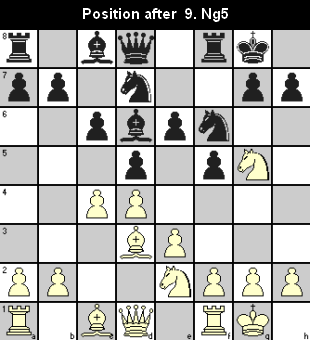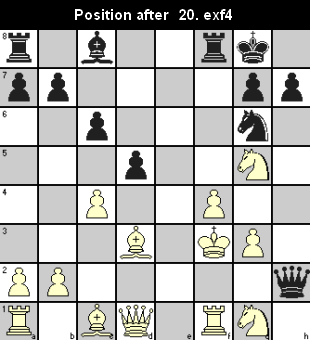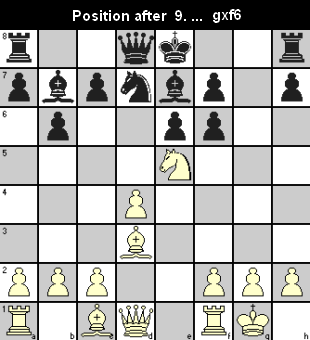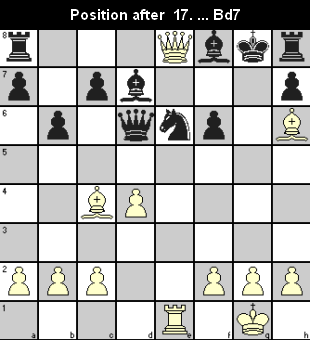In our ten-part article series on chess tactics (starting with 12 chess tactics … – Part 1), we have discussed the different tactics that go into different combinations. You have seen excerpts from chess games that illustrated the use of such chess tactics.
Now I would like to show you some full games that abound in such tactics and are quite exciting to play out. The purists may argue that the loser played poorly, allowing the brilliant attacking tactics and sacrifices of the winner to come through. But as we mentioned somewhere, all brilliancies result from some inaccurate play by the loser. Would you agree that if both players play perfect chess, the only outcome is a draw? Moreover, a post-game analysis taking your own time with a Rybka or Fritz or something like those by your side to find the mistakes of the loser is completely different from thinking up combinations to exploit the weak moves of the loser under tournament conditions. Just ask yourself – how many of such critics would be able to create those brilliancies on their own within the time limits of the game? Very few, I’m sure. So, instead of getting into those arguments, just try to enjoy the winner’s moves.
Here follows a game that I have thoroughly enjoyed in playing through. The winner sacrificed all his minor pieces to steam-roll his attack and all the material advantages of the loser ultimately came to nothing.
Glucksberg-Najdorf, Warsaw, 1929
Dutch Defense (ECO: A85)
Some of you may raise the doubt that Najdorf could produce such an attack because of the weak opponent. To dispel this doubt, here is another game played by him against a stronger opponent. This game is also an excellent example of attacking tactics. However, Black could possibly salvage a draw at some stage, but with two pieces up, who would think that negatively when unble to guess White’s plans?
Najdorf-Szapiro, Lodz, 1929
French Defense (ECO: C10)






4 Comments
i ply chess
[...] Chess Tactics in application In our ten-part article series on chess tactics (starting with… [...]
[...] Source: http://www.mychessblog.com/chess-tactics-in-application/ [...]
Good tactics i will also follow these…..